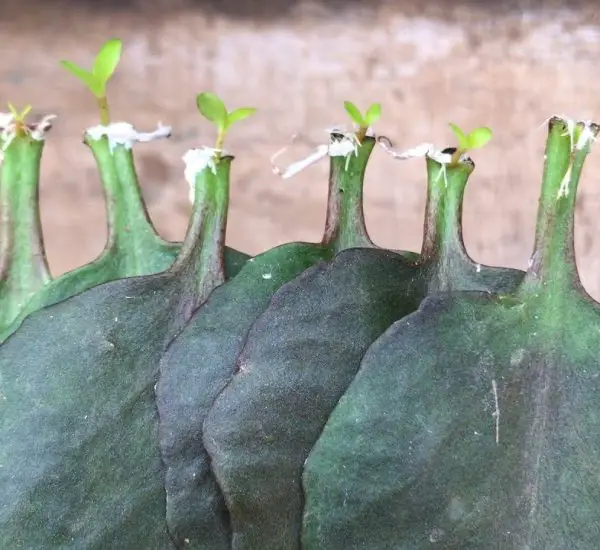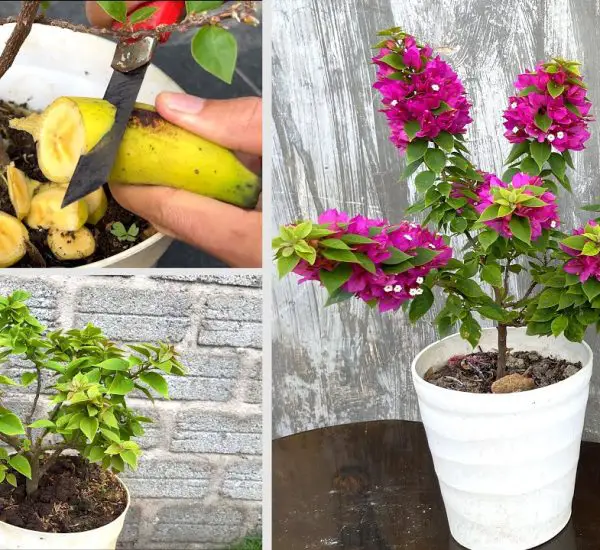Ensuring raspberries thrive through winter is crucial for a fruitful harvest next year. Proper fall care involves three key steps to support their health and growth.
1. Pruning: Begin by pruning raspberries after harvest, when leaves yellow and drop. Remove old and diseased shoots, as they can harbor pests and diseases. Cut back all fruit-bearing shoots to 5-10 cm from the ground, leaving 5-7 young shoots per bush. Shorten these to 1-1.5 meters to encourage new growth and buds.
2. Feeding: After pruning and before the soil freezes, feed raspberries to replenish soil nutrients. Opt for organic or mineral fertilizers rich in phosphorus and potassium. Minimize nitrogen fertilizers, as they promote green growth over flowering.
3. Sheltering: Protect raspberries from frost, snow, and rodents by covering them before severe frosts hit (below -5 degrees). Place a 10-15 cm layer of straw or sawdust under the bushes. Securely bundle raspberry shoots along rows using staples or wire. Cover them with materials like lapnik or spunbond, securing tightly to shield against winter elements.
Following these steps ensures raspberries are well-prepared for winter, setting the stage for a robust and plentiful harvest in the coming season.



